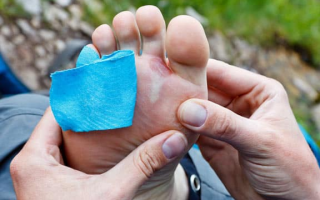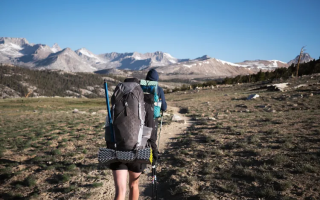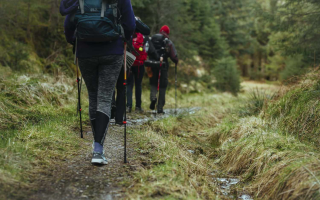
Statistics show that 90% of incidents related to getting lost worsen due to poor decisions made in panic. Remember this simple STOP principle—it provides a clear framework for action when you’re most disoriented.
S = Stop Immediately
- Acknowledge you are lost
When you think ‘This path seems wrong,’ heighten your awareness
Once you realise you cannot determine your current location, cease movement immediately - Prevent further deterioration
Set down your rucksack and sit down to rest
Take several deep breaths to steady your heart rate
Tell yourself: ‘I’ve stopped. Things won’t get any worse now’
T = Think
- Recall your route
Where did you last confirm your position?
How long have you been walking from there? In which direction?
What distinctive landmarks did you pass along the way? - Assess your situation
Check your supplies: food, water, shelter, warmth
Evaluate your physical state: any injuries? How is your stamina?
Analyse environmental conditions: weather, temperature, remaining daylight
O = Observe
- Observe your surroundings
Look for potential shelter (rock shelters, dense undergrowth)
Identify water sources (ensure safe collection)
Note potential hazards (steep slopes, animal trails, rockfall zones) - Seek Clues
Look for man-made signs (trails, markers, litter)
Listen for human activity (vehicles, voices)
Climb for vantage points to spot landmarks (but prioritise safety)
P = Plan
Based on the above information, select the most appropriate course of action from the following options:
Option A: Self-rescue Return (Most Suitable Scenario)
Precise location known and proximity to established route
Sufficient physical strength and ample daylight remaining
Action: Utilise navigation equipment to cautiously return along the identified route
Option B: Remain in Place (Safest Choice)
Complete uncertainty regarding location
Adverse weather or imminent darkness
Exhaustion or team member injury
Action: Construct shelter, conserve resources, await rescue
Option C: Seek Assistance
Communication tools available and contact with outside world possible
Exact coordinates known
Action: After sending distress signal, execute Option B
Actions to Avoid at All Costs
Wandering aimlessly: ‘Let’s just cross one more ridge and see’
Splitting up to scout: Leads to more people becoming lost
Descending directly: May encounter cliffs or more complex terrain
Excessive resource depletion: Consuming all provisions when waiting is necessary
Halting is the wisest course of action
Being lost is not the greatest peril; panic arising from disorientation is. The STOP principle provides a lifeline amidst distress. Remember: in the vast majority of situations, remaining stationary is far safer than wandering aimlessly.


